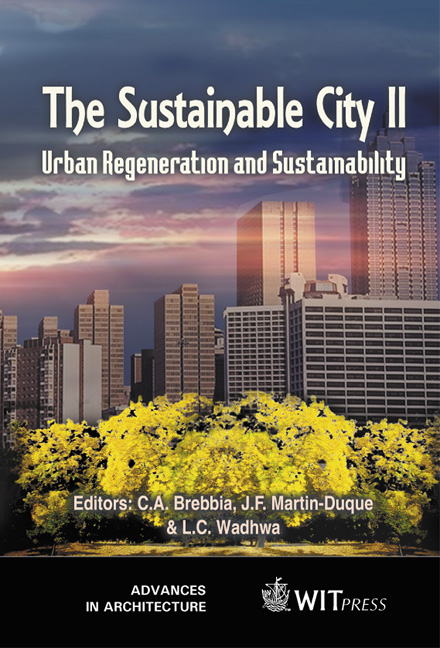Sustainable Use Of Recycled Materials In Building Construction
Price
Free (open access)
Transaction
Volume
54
Pages
Published
2002
Size
430 kb
Paper DOI
10.2495/URS020401
Copyright
WIT Press
Author(s)
Ch F Hendriks
Abstract
This contribution focuses on the importance of sustainability in the building sector. The underlying idea being that sustainability and durability must be considered jointly. Different models are presented to determine the degree of sustainability, focussing on: the degradation factor, life cycle assessment, the Delft ladder of priorities, high-grade applications, design for recycling, design for disassembly, and the ecocost-value ratio. Examples are given of case studies in which these models have been applied successfully. Introduction The term ‘sustainability’ was introduced in the UN report Our Common Future (Brundlandt). The NEPP describes sustainable development as that which meets the needs of the current generation., without endangering the opportunities for future generations to meet their particular needs. The concept encompasses not only the environment, but also social and economic interests such as health and wellbeing, safety, care for living space, prosperity, sufficient employment and a fair distribution of resources. To ensure real sustainable development, these interests must be combined at all levels. Sustainable construction could therefore be described as a way of designing and constructing buildings that support human health (physical, psychological, and social) and which is in harmony with nature, both animate and inanimate. For the importance of sustainability the model of factor 20 is proposed. The so-called ‘Factor 20’ is a metaphor, a guideline for sustainable development and to make specific steps forwards. The metaphor can also be used for sustainable construction. Factor 20 refers to the aim to have the environmental
Keywords





